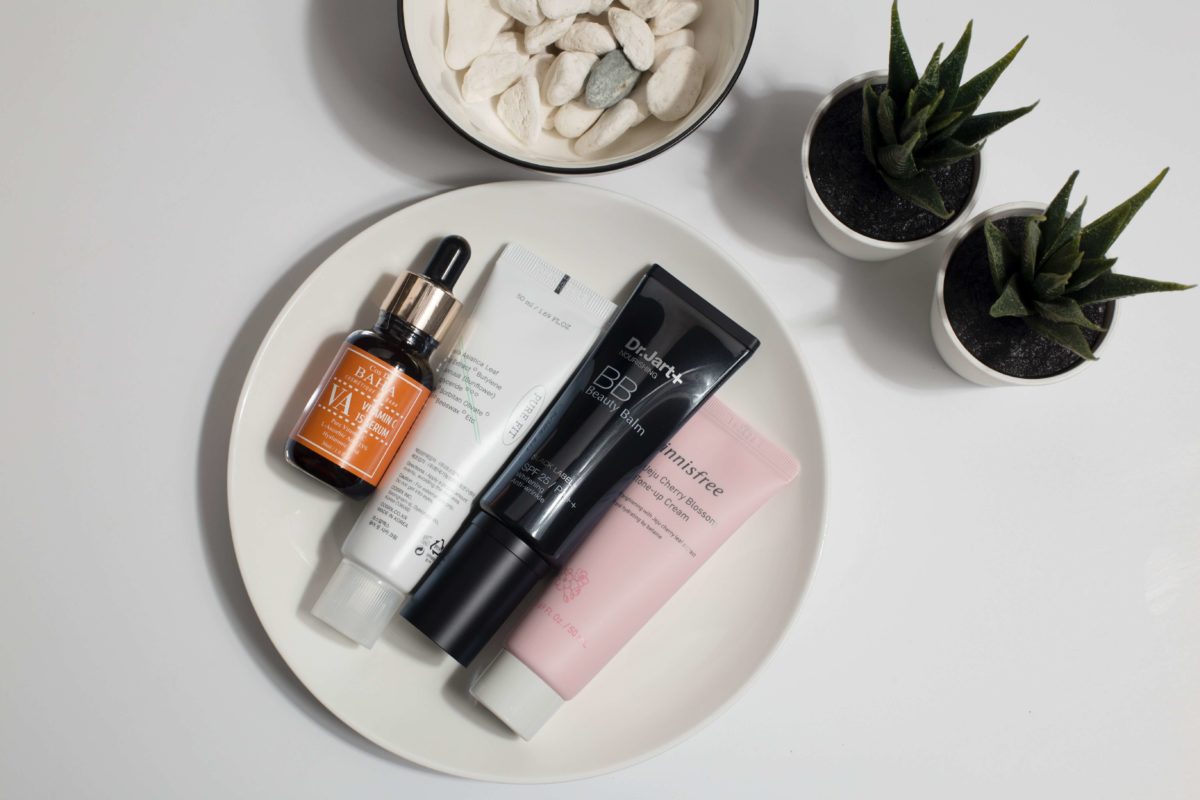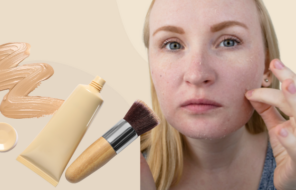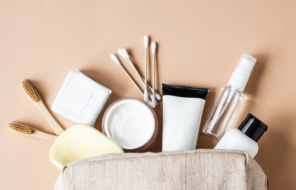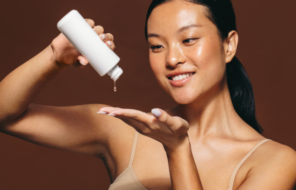Tight pores are a must for healthy-looking skin. So when the pores on your face appear large, it can throw a wrench into your skincare plan.
We spoke to multiple dermatologists, including Dr. Yoram Harth, dermatologist and chief medical officer of MDacne, to learn the ins and outs of large pores. “The pores on the skin, which are small openings that release oils and sweat, can become enlarged due to various factors,” Harth said.
Knowing why your pores are oversized in the first place is essential for achieving that coveted airbrushed look. And while you can’t magically shrink your pores, certain habits and skincare products can help you downsize. We’ll explain the top causes of large pores and outline our top pore-minimizing tips.
Top 3 causes of large pores
1. Oily skin
Sebum is an oily substance that helps lubricate your skin and hair. If your sebaceous glands are overactive — common in people with oily skin — the oil can become trapped in the opening of a pore, causing it to expand.
“When this happens, a person may notice that their pores are more visible and enlarged-looking,” said Dr. Alberto de la Fuente Garcia, a dermatologist at VIDA Wellness and Beauty Center and member of the American Academy of Dermatology. “Additionally, when sebum accumulates in the pore, it can create a whitehead or blackhead” — essentially making your pores look even bigger.
2. Loss of tone
Your skin contains two essential proteins that provide structure and elasticity: collagen and elastin. As we age, we lose the ability to produce as much collagen and elastin as we did during our younger years, reducing the firmness and elasticity of our skin.
When the skin becomes less elastic, it’s unable to contract and pull the pore walls together. “This leads to stretched-out pores that are more visible than before,” De La Fuente Garcia said. According to Harth, sun damage can also cause collagen and elastin breakdown, leading to less elasticity and bigger-looking pores.
3. Large hair follicles
Your skin contains tons of hair follicles. If your hair follicles are on the larger side, they can put more pressure on the surrounding skin. “This pressure stretches out the pore walls and makes them appear larger than normal,” De La Fuente Garcia said.
He further explained that sometimes, your sebaceous glands kick into high gear when hair follicle volume increases. This contributes to enlarged pores by clogging them and causing acne.

Other causes of enlarged pores
Genetics is the most common cause of enlarged pores. “If your parents had large pores, it’s likely you will too,” Harth confirmed. Poor lifestyle and skincare habits can also contribute to the appearance of enlarged pores by causing damage to the skin’s surface and increasing oil production, according to De La Fuente Garcia. Think: dehydration, acne, popping pimples, and staying out in the sun for too long.
The occasional sunburn and zit-squeeze probably won’t noticeably expand your pores, but all that damage adds up over time. Needless to say, the cumulative effects can keep your pores open.
In addition, certain skincare ingredients can affect pore size. “Alcohol, menthol, and other astringents can cause the skin to dry out and become irritated, resulting in enlarged pores,” Harth said.
How to treat enlarged pores
“The best way to treat enlarged pores is to focus on a good skincare routine,” De La Fuente Garcia said. Exact recommendations vary by skin type. But typically, you’ll cleanse the skin twice daily, exfoliate regularly, and use an oil-free moisturizer to hydrate the skin and reduce sebum production.
As sun damage can contribute to enlarged pores, it’s also key to use daily sun protection. De La Fuente Garcia recommends wearing sunscreen with at least SPF 30 to protect the skin and help keep pores looking small.
Lastly, you can minimize pores by using skincare products that contain specific ingredients that keep them free of oil and debris. “Salicylic acid is a great choice for breaking up oil in pores and keeping them clear,” Dr. Rebecca Marcus, board-certified dermatologist and founder of Maei MD, told Glowsly. “Retinoids help to regulate the sebaceous gland and also stimulate collagen production and cell turnover, all of which help pores to appear smaller.”
If your enlarged pores are stubborn, several dermatologic treatments can help reduce their appearance. These include laser resurfacing, intense pulsed light therapy (IPL), chemical peels, dermabrasion, and microdermabrasion. However, it’s best to consult a dermatologist to determine which treatment is best for you.
Final thoughts
There are many causes of large pores, including high oil production, more prominent hair follicles, genetics, poor skincare and lifestyle habits, and loss of tone. To reduce the look of your pores, focus on solidifying your skincare routine and preventing future damage. If you still can’t shrink your pores, rest assured you still have plenty of dermatologic treatment options to try.





